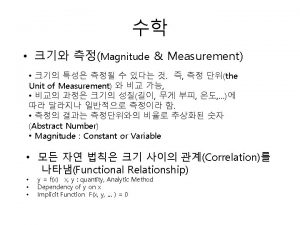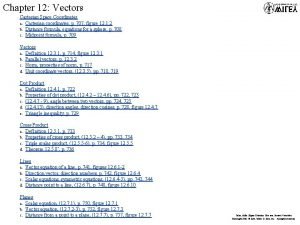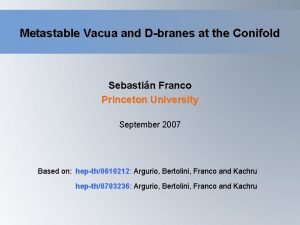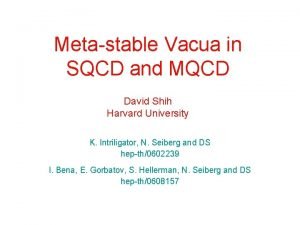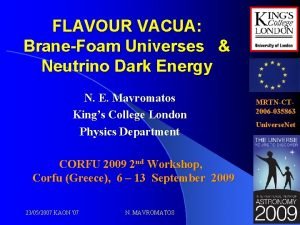Product states properties Product states are vacua of







- Slides: 7

Product states, properties Product states are vacua of quasiparticle annihilator operators Annihilating parts of a and a+ are linearly dependent ! However, one can show that the quasi-particle operators are fermion operators: where hermitian and positively defined

Conclusions: Quasi-particle operators are linear combinations of fermion operators of a and a+. The only states in the Fock space that obey Wick’s theorem are quasi-particle vacua of quasi-particle operators which are linear combinations of a and a+. A product state always corresponds to some quasi-particle vacuum. That is, it is an independent-quasi-particle state.

Bogoliubov Transformation Nikolai Nikolaevich Bogoliubov, (21 August 1909, Nizhny Novgorod – 13 February 1992, Moscow) was a Russian. Ukrainian mathematician and theoretical physicist known for his work in statistical field theory and dynamical systems. He was awarded the Dirac Medal in 1992. He was born in Nizhny Novgorod, Russia. His family moved to Kiev in 1921, where after graduation from a high school Nikolai began independent study of mathematics and physics, participating in seminars at Kiev University. In 1924 he wrote his first published scientific paper. In 1925 he entered Ph. D. program at the Science of Ukrainian SSR, from which he graduated in 1929. In the late 40's and 50's Bogoliubov worked on theory of superfluidity and superconductivity. Later he worked on quantum field theory, and introduced the Bogoliubov transformation. In the 1960 s his attention turned to the quark model of hadrons; in 1965 he was one of the first to study the new quantum number color charge.

The quasi-particle operators can be expressed as Matrix Bogoliubov transformation (sometimes A=U, B=V). Those equations are obviously independent: the second one is conjugated to the first one On the other hand, as demonstrated earlier, there always exists an unitary transformation (Bogoliubov transformation in the Fock space):

Matrix Bogoliubov Transformation As before, it is convenient to double the space! There exists a (unitary) symmetry between “upper” and “lower” parts of the quasi-particle space (analogy to… !)

A is an F-even matrix Canonical relations: We now require: or

Complex conjugate of the first two relations The inverse Bogoliubov transformation:






